A Boxerdoodle dog is the result of breeding a Boxer breed and a Standard Poodle breed. Many people like canine due to their attractive physical traits and personality. If you want to know more, then read the topics below:
What is a Boxerdoodle?
A Boxerdoodle is not a purebred canine but a hybrid type that is a mixed breed. The breed is roughly a decade or two old and was created in the U.S., which is the reason why this breed hasn’t had a long history yet. However, the canine’s antecedents, which are the Boxer and the Poodle the does have a long history.
The Boxer is from Germany and was bred during the 19th century from hunting dogs. The canine arrived in the United States in 1903, and during World War 1, the United States Army used the animal as an attack dog, guard dog, pack carriers, and messengers. Today the Boxer is a pet companion, but it still can be an excellent watchdog that is alert and watchful.
Like the Boxer, the Poodle’s origin is also from Germany, though the current Poodle that we are familiar with was bred and developed in France. The dog’s original purpose is to be a hunting dog and a retriever of waterfowl. This canine is one brightest dog breeds and is a good family pet and gets along with children.
Being a Boxer poodle, the Boxer takes some looks and personality traits from both of its antecedents.
The Boxerdoodle’s Temperament
Despite being bred as a working dog, the Boxerdoodle has the traits that will endear you to it. Regardless of its nature as a working dog, the animal is friendly, devoted and possesses a loving character to you and your family. If you have any kids, the canine will love to play and socialize with them.
Loyalty and protectiveness are also traits possessed by this Boxer Poodle mix. The dog shows little or no aggression if a situation is normal, but it will defend its home if it senses a possible danger or threat. When it comes to strangers, the animal has a more reserved demeanor but will open up to them once familiarity sets in.
The Personality of Boxerdoodle
One trait that dog lovers like about this boxerdoodle dog breed is its personality, which combines playfulness with seriousness. During work times, the canine takes it to work seriously and is calm as well as the patient. But when it comes to playing with you and your family, the family dog traits like being affectionate and friendliness will show up.
Boxerdoodles also have a protective personality. The dog is not aggressive like other canine breeds, but if it senses potential danger to you, your family and home, it will be a steadfast guard.
Due to the dog’s friendly nature (along with proper training and socialization), it works well as a therapy dog, making it a boon for the elderly and sick.
Boxerdoodle Appearance
A Boxerdoodle dog’s nature is not the only thing people like about the canine; its appearance is part. Boxerdoodles’ appearances tend to differ from dog to dog since it is possible that the breed may favor one side of parents or have both traits. So a Poodle Boxer mix canine may have the Poodle’s wavy, curly coat, the Boxer’s smooth short coat, or both. The dog’s coat has a variety of colors that you would love:
- Fawn
- Brown
- White
- Black
- Red
The coat’s color is either single-colored, brindled, or particolored.
The dog breed’s size ranges from medium to small. Individually the canine may reach the height of 10 to 12 inches, and the weight of the breed is 12 to 70 lbs (5.55 to 31.75 kg).
Health Issues
It’s a fact of life that dog breeds like the Poodle Boxer mix suffer from several health problems. Being a Boxer and Poodle mix breed, Boxerdoodles tend to have some, if not all, of their bloodline parents’ issues. Here at least four examples of health issues affecting this canine:
- Von Willebrand’s Disease – To put it simply, this disease causes Boxerdoodles to bleed out or hemorrhage. Von Willebrand Factor or VWF is an adhesive glycoprotein responsible for clotting the dog’s small blood vessels with injuries. Without the VWF, coagulation does not happen, and the injured small blood vessels will continue to bleed. Symptoms are nose-bleeds, blood in urine, feces, bleeding gums and bleeding vagina if the canine is female.
- Hip Dysplasia – One of the most common physical problems that plague dogs regardless of their breed type. A canine’s hip joint is composed of a ball that fits snugly in the hip joint’s socket. Should deformation occur due to failure to develop naturally (malformation) in the hip joint, the ball will not fit in the cavity, leading to the loss of the hip joint’s function. Hip dysplasia onsets earlier on four months old dogs, but sometimes the condition occurs later in the canine’s life.
- Degenerative Myelopathy – This problem causes a slow but progressive, non-inflammatory degeneration of the spinal cord’s white matter. Without a veterinarian checking the problem, you can confuse degenerative myelopathy for unrelated orthopedic injuries.
- Bloat – When gas fills up a canine’s stomach, bloat happens, and the unnatural expansion of the stomach puts pressure on the diaphragm. This situation causes the stomach to twist and make breathing hard. Large dog breeds with deep chests are commonly affected by bloat. Most of the time, vigorous exercise or activity after meals causes bloats. The animal has an enlarged abdomen, one sign of bloat.
Some health problems are hereditary, while others are caused by outside factors like the environment, food, and injuries. Other health problems are allergies and heart conditions. Some of these problems are preventable, while can be mitigated if dealt with quickly. Do not let illness get severe or escalate since it can prove lethal to your pet. A regular check-up by a vet should give you enough warning of your pet’s physical condition.
Training and Exercise for Boxerdoodles
The Boxerdoodle breed has intelligence and can be quite an active animal. Giving your dog training and exercise shouldn’t be too hard.
You can quickly train and manage a Boxer Poodle mix breed since the canine is by nature bright, sensitive and smart. Along with some treats and rewards for the canine’s training success, it will respond well to your training.
Avoid at all cost rough, oppressive methods as well as harsh treatments since these are detrimental to the animal’s training. At worse, these methods will backfire and make the canine more stubborn. Boxer Poodle puppies and adults can equally have the training, but training the former is more comfortable than the latter.
You can instill obedience in a puppy via training and socialize them by introducing them to other dogs. Do not forget to be fair, firm and consistent during practice.
Exercises are an excellent way to keep your pet physically healthy and fit. Since Boxerdoodles are medium or large-sized dogs, they need space to move around.
If your home has a backyard with more than enough space as well as a fence, let your pet frolic within it. On a daily basis, the dog needs at least one hour of exercise outdoors. Walks, jogs, runs and playing is adequate exercises and not to mention fun for the canine. During playtime, you or any children you have can be playmates with your pet.
Grooming and Foods
As the owner of a Boxerdoodle, it is your responsibility to maintain its physical health via grooming and healthy foods.
The frequency of grooming a Poodle Boxer mix breed depends on whether it takes more on its Boxer or Poodle parents. A Boxerdoodle has a Boxer coat; then, you need to brush it once or twice a week. If the dog has Poodle’s skin, you will have to brush the coat on a regular basis. As for bathing the canine, do it only when the situation requires it and not frequently. If you are going to use shampoo, find one that is specifically for a dog’s use. The coat either sheds a lot or little hair depending on what kind of the canine possesses.
MUST-READ: Best Medicated Dog Shampoo
Other parts of your pet’s body that you should clean are the teeth and ears. Tartar and plaque will accumulate, so brush your dog’s teeth at least once a day. The ears need to be washed gently after bathing due to dirt. Also, check the rest of the canine’s body for signs of hot spots, scabs, and sores. Some of the breed’s health issues have symptoms and signs, so the early you can catch them, the sooner you can get treatment for your pet. Last but not least, the toenails. Usually, the toenails will naturally wear themselves out, but they can get too long from time to time. If you hear your do’s toenails clicking on the floor, then it’s time to cut them. If you feel that you don’t have the skill to groom your pet, hiring a professional groomer is your option.
When it comes to food, a boxerdoodle dog requires dry dog food as an everyday meal. Two and a half to three cups of high-quality dog food is sufficient for the canine’s daily need. Be sure to use foods that are rich in protein, such as chicken and fish. Please do not give your pet any human food since these types of food are harmful to their health.
MORE POODLE MIXES
Living With the Poodle Boxer Mix
Getting a Boxerdoodle can change your life, so you need to think hard if you have what it takes to own one.
The first thing to ask is if you have the resources or money to buy a Boxer Poodle puppy. If you can buy one, then it all good, but alternatively, you can adopt one, but most of the time, the dog is an adult. Food and maintaining the canine’s physical also cost money, so be sure to factor in these entire variables before getting a pet.
Next is your home; Boxedoodles are suited to more open spaces like a house with a backyard since it allows them to run and play. On the other hand, if you are living in an apartment, things might be a tad confusing. Boxedoodles can adapt to flats as their home, but you still need to take the dog out for leashed walks for exercise.
It would also be best if you spent some time with your pet since neglect and boredom can result in the dog having destructive tendencies. Leaving the canine alone for long periods of time will cause it to have anxiety loneliness problems. Your Boxer Poodle mix dog should get along with children once they have been socialized. However, you or any other adult need to chaperone any interaction between them since the canine can accidentally hurt them. Also, the dog has territorial tendencies and will treat strangers and other pets with hostility.
Is the Boxerdoodle Good as a Guard Dog?
Due to the origins of the Boxerdoodle, it is suitable to be a guard dog. The canine is naturally inclined to protect its family and will bark if something is not or senses a threat to your, it’s family, as well as home. The breed gets its protective guard dog trait from its Boxer ancestry.
Where Can I Find or Buy a Boxerdoodle Puppy?
If you haven’t got a Boxerdoodle puppy yet, you need to know where you can buy a high-quality one. The first thing you should is the price of a pup. If you go to a breeder with a good reputation and credentials, the price range is $1200 to $1500. While the prices are high, they are worth every penny since the Poodle Boxer mix pup you’re getting is high-quality.
Medical needs and other stuff like collars, leash, etc. also require money, and their initial costs are around $450 to $600. Additional expenses like emergency care saving, flea treatments, food, toys, license, and training are $1000 to $1400. Think first carefully if you have what it takes to pay for all these expenses.
Prominent kennel clubs are an excellent source of info on whom and where good breeders are located. A list of the clubs that recognition for the Boxer Poodle mix breeds:
- The International Designer Canine Registry (IDCR)
- Dog Registry of America (DRA) Formerly the US Kennel Club
- American Canine Hybrid Club (ACHC)
Once you visit a breeder, you need to ask and do the following:
- Ask for the puppy’s parents and their health records.
- Get references from earlier litters.
- Check if the environment is appropriate and see if the animals look happy and well-socialized.
- Observe the puppy’s temperament and level of energy, as well as try interacting with it.
On the other hand, if you are low on cash, adopting a Boxerdoodle is your next best option. Technically there are no official websites for taking Boxerdoodles, but there sites where you can inquire:
Just bear in mind that you will rarely find a puppy for adoption since most Boxerdoodles that are for adoption are adults. If you don’t mind getting an adult dog, then getting a pet shouldn’t be hard.
Assuming that you don’t own a Boxerdoodle yet, do you like what you have read about the dog? If that’s the case, buy or adopt a dog and believe me that you won’t be disappointed.
The breed is the right mix of a Boxer and a Poodle that combines some of the breeds’ best traits. The canine has lots of love for its owner and family, as well as being a loyal guard dog. The Boxerdoodle is also very energetic and loves to interact with its family. You can quickly train the dog and groom its body is not a difficult job.
Many people from all walks of life love this dog, and you too will like this magnificent animal as well.
MORE DOG BREEDS

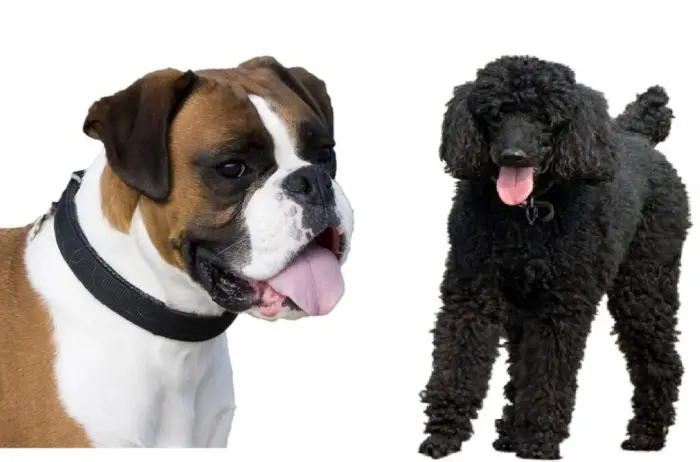
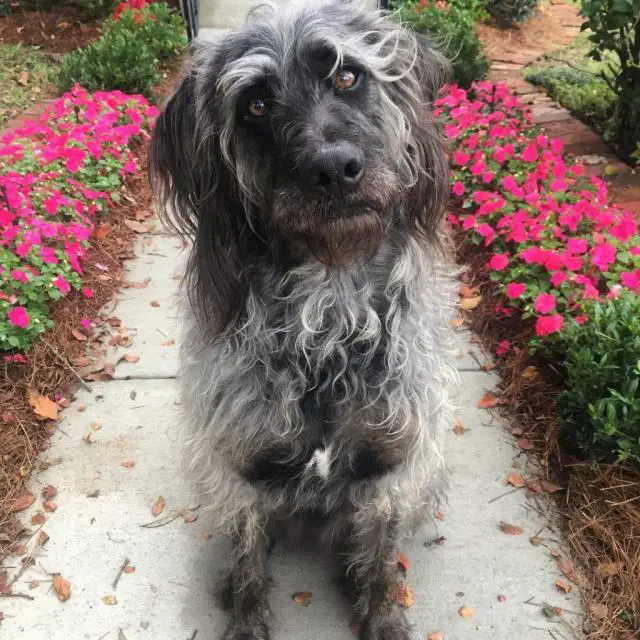
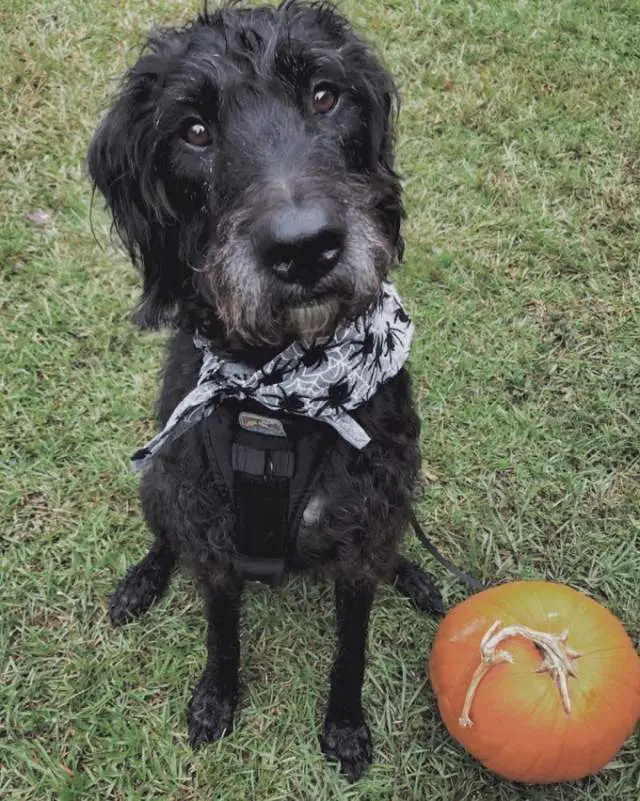
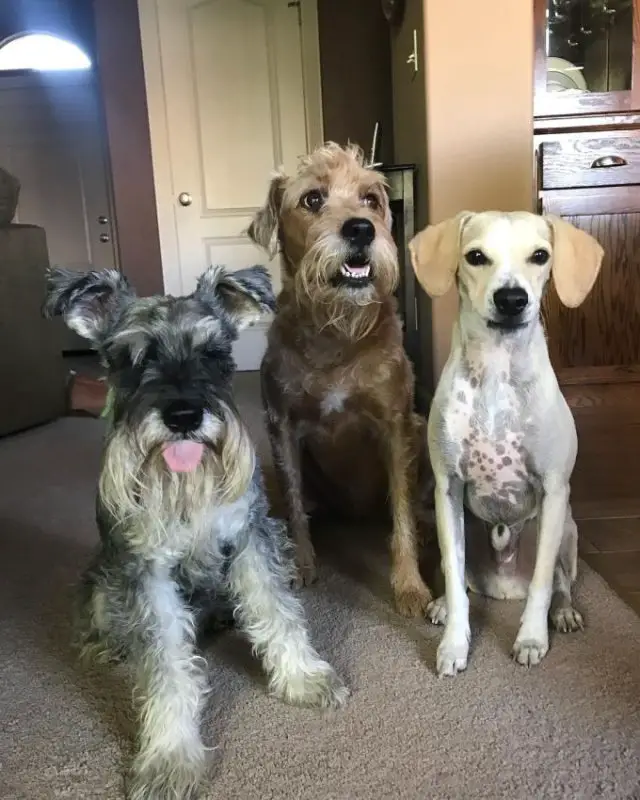

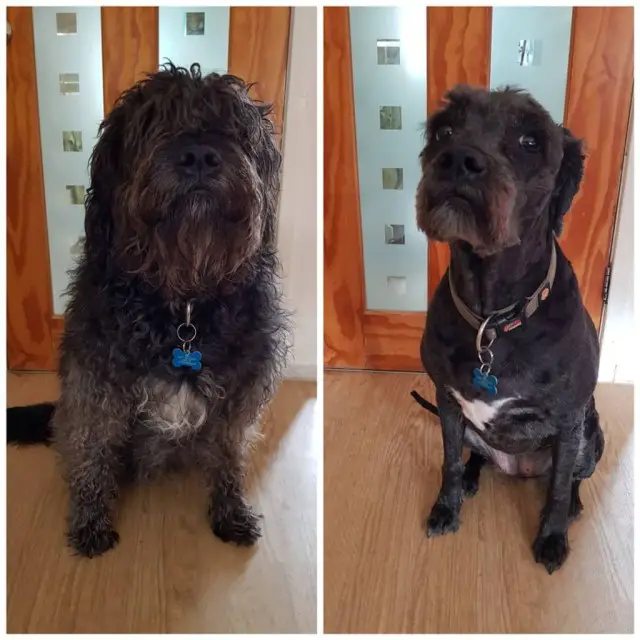
IMHO, this is a really stupid idea. They left out the fact that the boxer part of the breeding is very prone to cancer and heart issues. Why in the wide world would you waste good money on a mutt that will have twice the health issues than either one of the breeds individually. That’s one of those little stinkers the breeders don’t tell you. You want a mutt , go to the pound or shelter and save your money. Besides, they’re ugly.